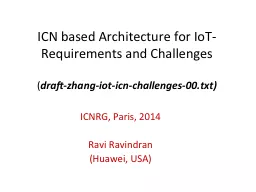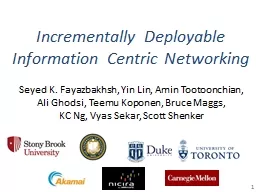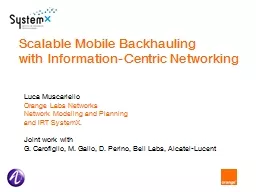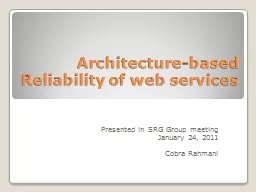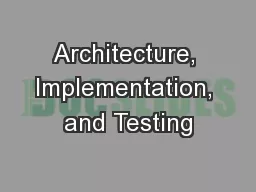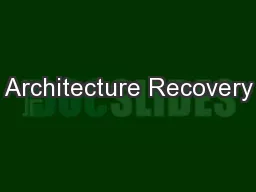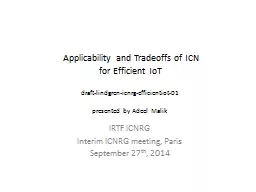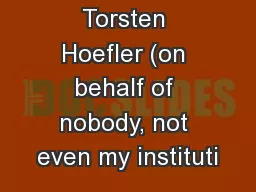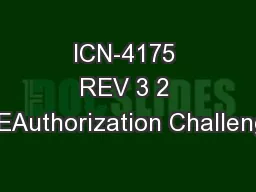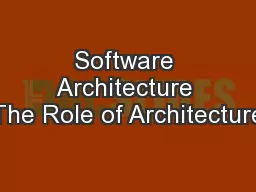PPT-ICN based Architecture for
Author : marina-yarberry | Published Date : 2016-09-19
IoT Requirements and Challenges draftzhangioticnchallenges00txt ICNRG Paris 2014 Ravi Ravindran Huawei USA ICN IoT Draft Updates The draft has been split to encourage
Presentation Embed Code
Download Presentation
Download Presentation The PPT/PDF document "ICN based Architecture for" is the property of its rightful owner. Permission is granted to download and print the materials on this website for personal, non-commercial use only, and to display it on your personal computer provided you do not modify the materials and that you retain all copyright notices contained in the materials. By downloading content from our website, you accept the terms of this agreement.
ICN based Architecture for: Transcript
Download Rules Of Document
"ICN based Architecture for"The content belongs to its owner. You may download and print it for personal use, without modification, and keep all copyright notices. By downloading, you agree to these terms.
Related Documents

